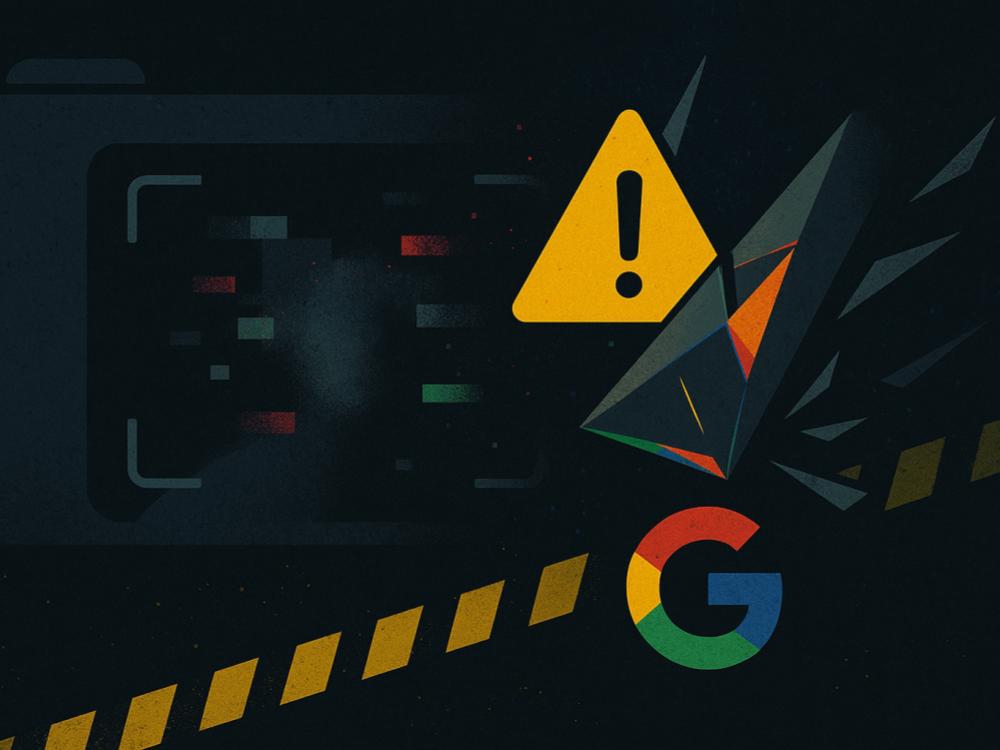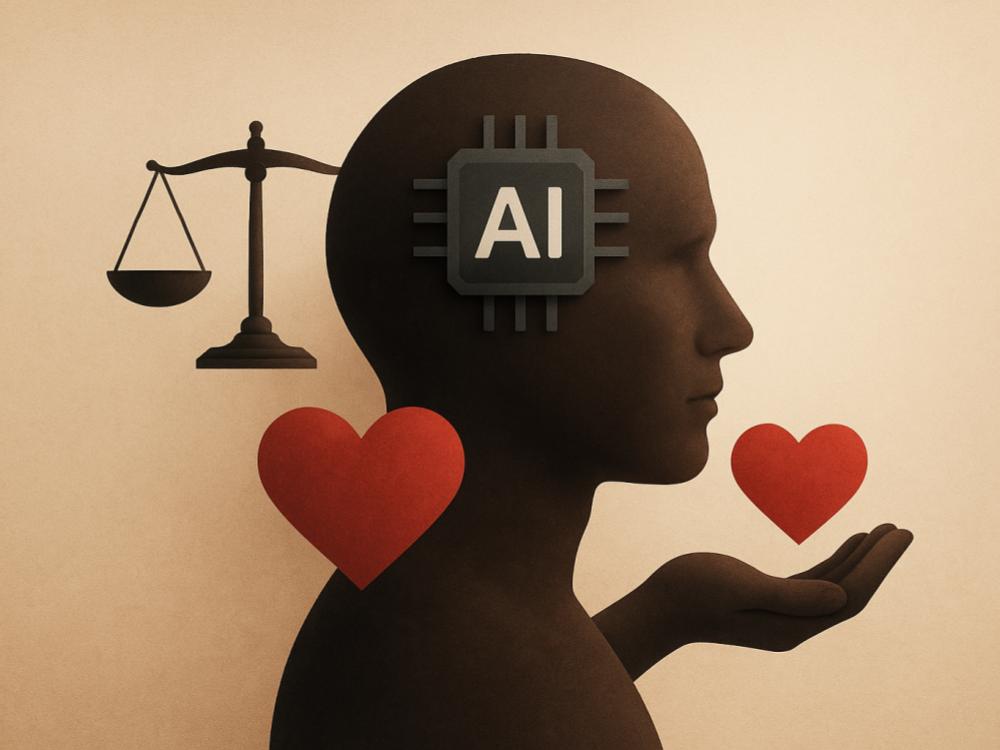What Really Went on With the 2015 Google Photos AI Incident.

When a Label Becomes a Wound
The 2015 Google Photos incident is remembered not as a quirky glitch but as a moral failure in a product meant to organize people's memories. The service grouped photos of two African American users and labeled them "gorillas," a slur-like misclassification that landed with the force of history. CBS News reported the same day that Google apologized and said it was appalled, which made clear the company understood the gravity rather than treating it as a minor defect. African American users responded with anger and exhaustion at seeing their identity demeaned by a mainstream product. This was not a small technical bug. It was racial discrimination delivered at scale through automation, an error that multiplied dignitary harm in the very space where families archive their lives. Years later, coverage in Wired and The Verge described a mitigation that simply blocked terms like "gorilla," "chimp," and "monkey" from Photos search, a workaround that underscored how risky it is to apply identity labels automatically without any guardrails for sensitive categories.
A second failure lived in the way the system met the public. There was no practical transparency around how labels were created, no preemptive way for users to prevent high-risk tags, and no meaningful review before harm occurred. The world learned what had happened because an affected user made it visible on social media. Google's statements pointed to future fixes and user reporting, but the absence of an upfront safety valve revealed a governance gap for outputs that carry social risk. If a product can generate identity labels that cut this deeply, then responsible AI means rehearsing harms before release, validating performance group by group, and owning the duty to curate data with the same seriousness as shipping features.
What the System Was Made Of
The misclassification did not appear from nowhere. It grew out of choices in data, modeling, and release. Image systems of that period were trained on datasets skewed toward lighter skin, which translated into higher error rates for darker-skinned faces. In the widely cited Gender Shades audit, Joy Buolamwini and Timnit Gebru showed that commercial gender classifiers misidentified darker-skinned women at alarming rates while error for lighter-skinned men stayed near the floor. Later, government testing at the National Institute of Standards and Technology documented demographic differentials across many state-of-the-art face algorithms, a finding that explained how a pipeline could blur class boundaries for underrepresented groups and mistake human subjects for non-human categories.
Design compounded the data problem. Instead of enforcing a hard separation between "person" and "animal," the product allowed a path in which a single prediction could wander into both. When the crisis hit, Google's short-term answer was to forbid primate terms from appearing in Photos search. Wired and The Verge both noted the ban as a pragmatic patch, but the very existence of such a patch pointed to the missing architectural rule: do not permit a model to tag an identified person and a primate at the same time, and default to "unknown" when the signal is ambiguous.
Evaluation and release practices mattered as well. What the field now calls subgroup reporting, edge-case stress tests, and model cards were designed precisely to make performance differences visible before deployment. In Google Photos, identity-related labels went live without human review, and correctness was policed after the fact by a blocklist rather than by calibrated thresholds, conservative fallbacks, or human-in-the-loop review for risky outputs. The combination of skewed data, permissive labeling rules, and a release process with no high-risk circuit breaker created the conditions for harm.
The Ripples That Follow Bias
The immediate impact fell hardest on African American users, who saw a racist trope appear inside a tool meant to keep their memories safe. Contemporary audits already showed large gaps in accuracy by skin type and sex, which helps explain why errors clumped along demographic lines. At the same time, major press outlets documented both the incident and Google's same-day apology, demonstrating how quickly a technical failure becomes social injury once it meets a user interface. Blocking "gorilla," "chimp," and "monkey" from search tried to prevent repeats, but it also hinted at the limits of patching a system already in the wild for hundreds of millions of accounts.
Events like this harden systemic bias by feeding reinforcement loops. Publicized failures reduce confidence that vision systems can treat groups fairly. Survey work at the Pew Research Center found that trust in facial recognition varies by race and by deploying institution, with African American respondents showing lower trust in law enforcement's use of the technology. The cost is not only reputational. Individuals experience embarrassment and dignitary harm, and communities approach future AI projects with suspicion that slows collaboration, data sharing, and even the willingness to entertain beneficial uses.
Institutions feel the pressure as well. The episode helped catalyze calls for documentation, fairness standards, and external audits. Model cards, subgroup validation, context verification, and third-party review all moved closer to the center of practice. The message was not that vision is impossible to build fairly. The message was that fairness is an engineering requirement, not a press release.
A Duty That Does Not Wait on Outcomes
A deontological lens brings the ethical contour into sharper relief. On this view, moral rightness does not hinge on aggregate accuracy but on duties owed to persons. Kant's Formula of Humanity requires that people be treated as ends rather than means; outputs that degrade a person's standing violate that duty no matter how many classifications were correct elsewhere. The complementary Formula of Universal Law asks whether a rule can be willed for everyone. A policy that permits identity labels without subgroup validation fails this test, because it predictably places some users at risk for misclassification and humiliation.
Modern governance echoes these obligations in operational terms. European guidance on trustworthy AI names human oversight, technical robustness, and mechanisms to prevent unfair bias as baseline requirements for systems that handle human subjects. International bodies have emphasized non-discrimination, accountability, and clarity about responsibility for outcomes. The spirit is simple even if the work is complex: dignity is not a feature toggle. It is a constraint on design.
Two practices follow from this duty language and do not require heroics to adopt. First, treat identity-sensitive tags as high risk. Exclude offensive or historically charged terms by default, require calibrated thresholds with an "unknown" option, and route borderline cases to a human reviewer. Second, make ownership legible. Assign accountable teams for dataset curation, subgroup testing, and escalation, and give them explicit authority to halt release when harms appear in rehearsal. In AI, care is not a soft virtue. It is an engineering behavior.



